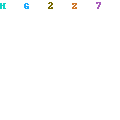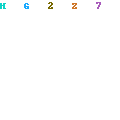The last example of the third group contains a bit of a trick, but since we have covered it above, it is nothing new to you. Notice that the first part of the compare evaluates to "FALSE". The remaining parts of the compare are not evaluated, because it is an "AND" and it will definitely be resolved as a "FALSE" because the first term is false. If the program was dependent on the value of "y" being set to 3 in the next part of the compare, it will fail because evaluation will cease following the "FALSE" found in the first term. Likewise, "z" will not be set to 4, and the variable "r" will not be changed.
skip to main |
skip to sidebar
- Find out what I'm doing, Follow Me :)
DOWNLOAD C LANGUAGE SOFTWARE
My Blog List
onlyarena.blogspot.com All Rights Reserved.

